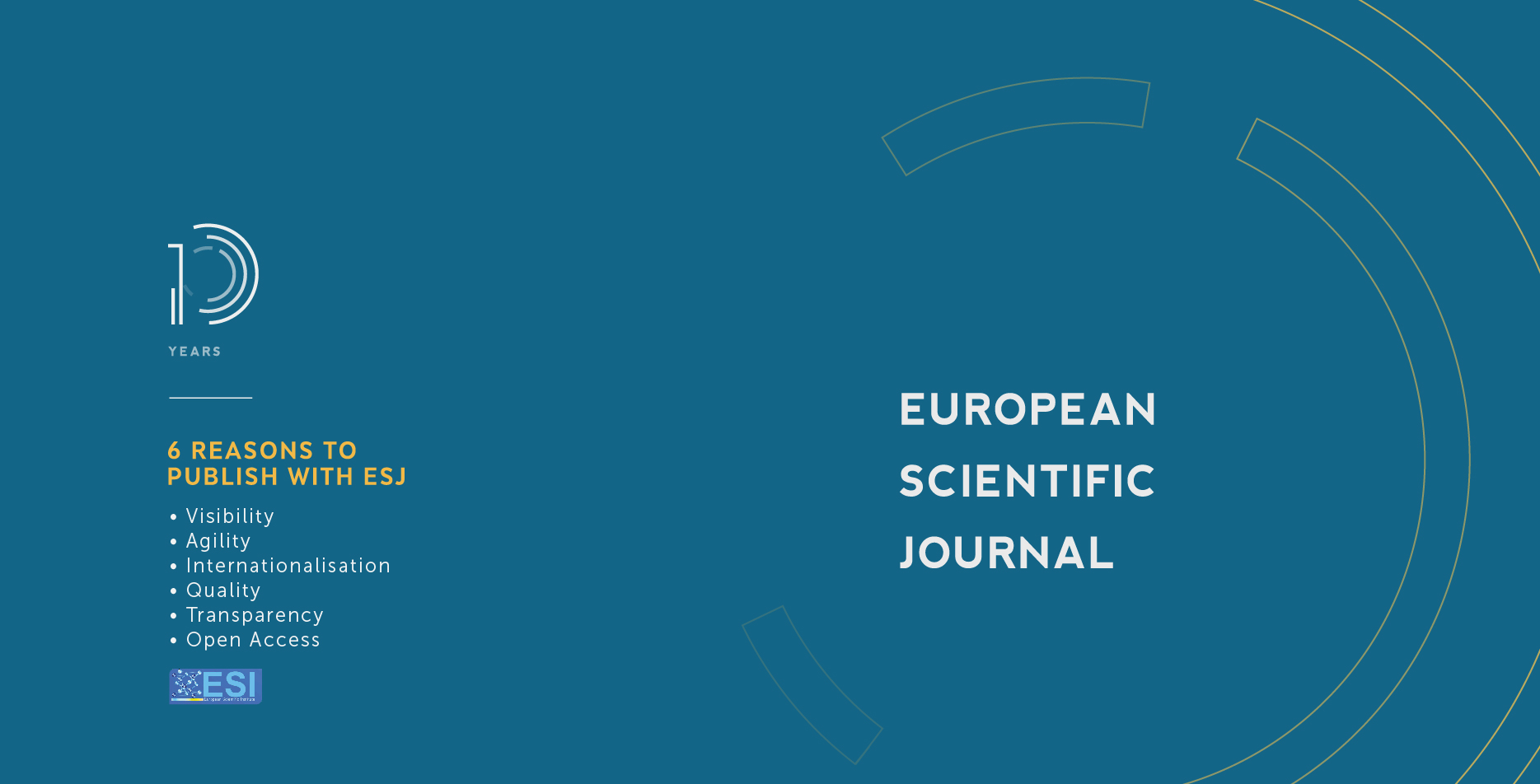Improving Polymer Science Asynchronous Online Lecture Contents For Students’ Engagement
Abstract
Asynchronous online delivering methods have been found to promote excellent engagement among students but the impact in the teaching of polymer science courses have not been investigated. This work discussed and reflected critically on the ways of improving polymer science lecture contents in asynchronous videos that can enhance and motivate students’ learning. Six polymer science topic combinations in the forms of structure – characterisation, structure- processing, structure – properties, characterization – processing, properties – characterization and properties – processing were established. Lecture slides based on these combinations were created and 106 students were tasked to read and rate them on computer screens. First, second and third-year undergraduate material science and engineering students rated the combinations based on stimulation, motivation and effectiveness. Results show that there was no strong preferred choice(s) from the first years but the second year students appeared to favour the structure-property combination while third-year students preferred the structural-property-processing lecture contents. Using the cognitive learning theory and the redundant effect, the third-year students were described to have processed the information received and classified some redundant while the first-year students might have accumulated all information into their limited working memory without redundancy since they lack prior knowledge of the polymer science topics. These reasons coupled with basic students’ computer skills were attributed to influence their judgements during the rating.
Downloads
Metrics
PlumX Statistics
Copyright (c) 2021 Charles Darko

This work is licensed under a Creative Commons Attribution-NonCommercial-NoDerivatives 4.0 International License.








